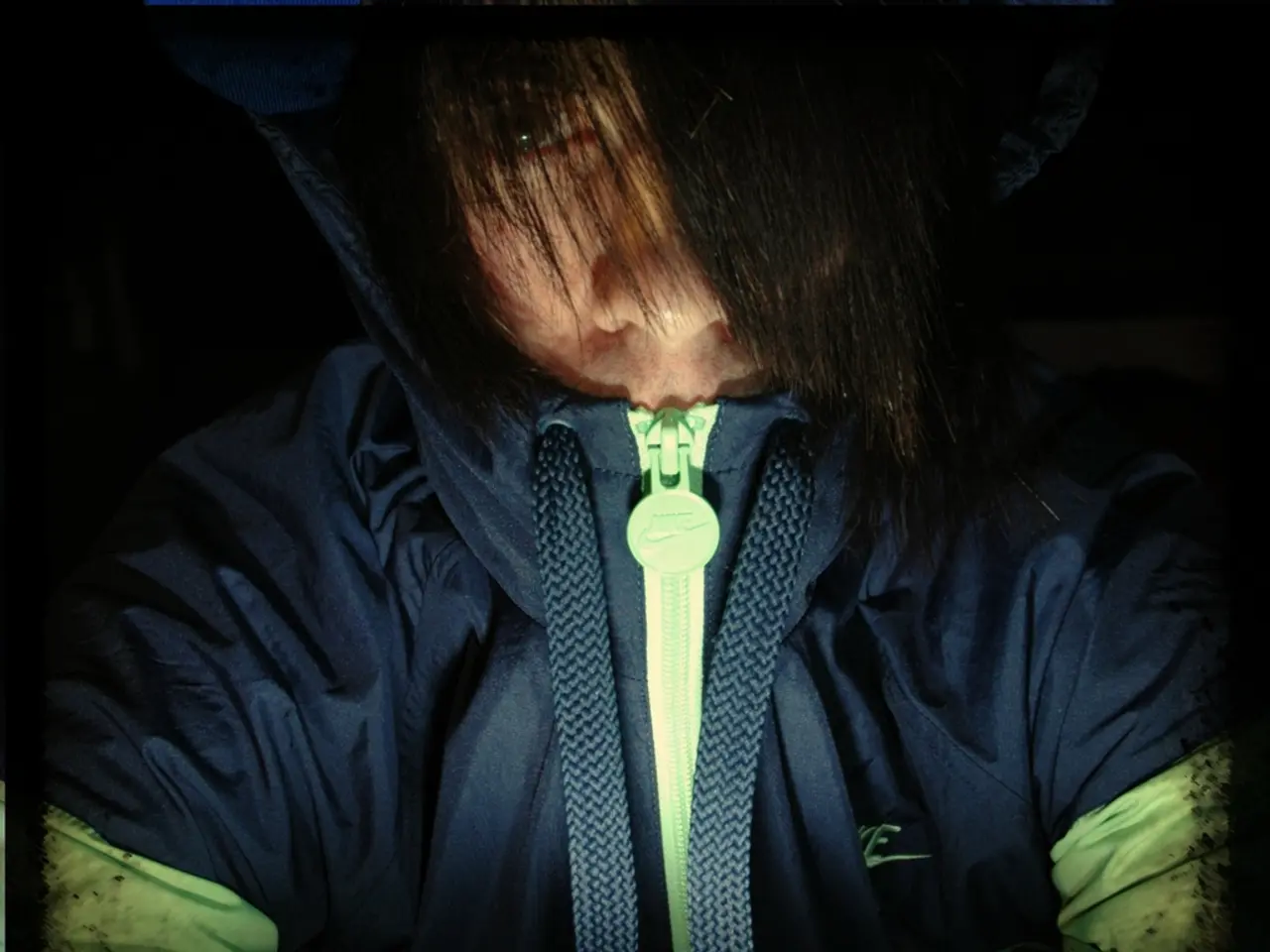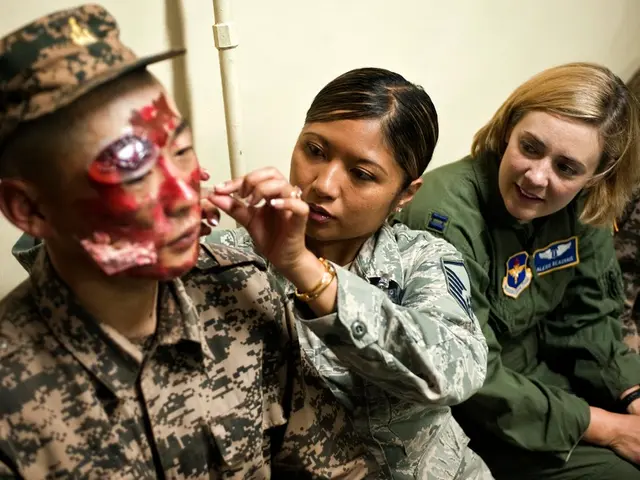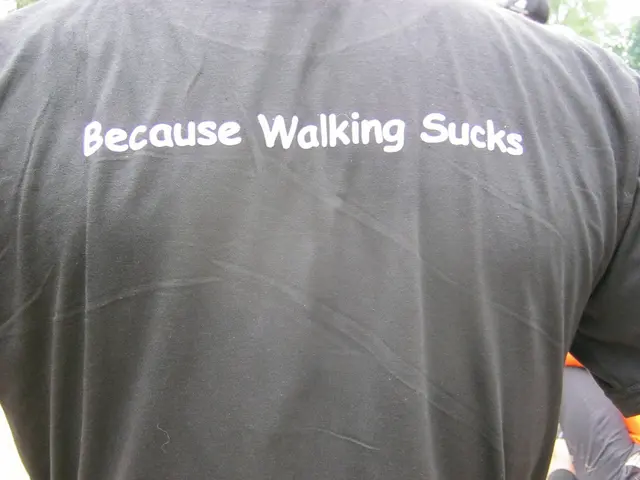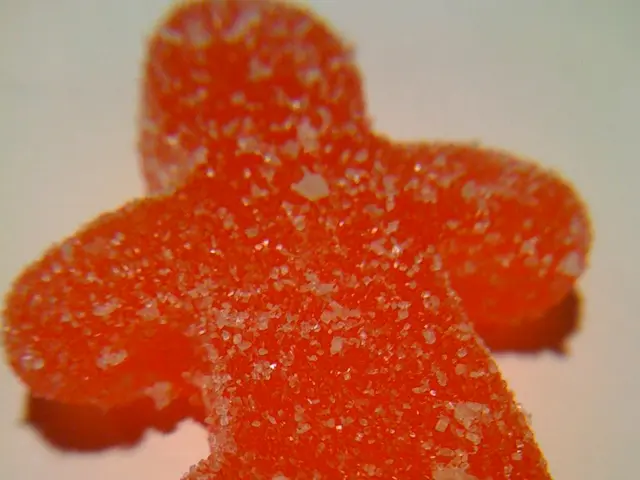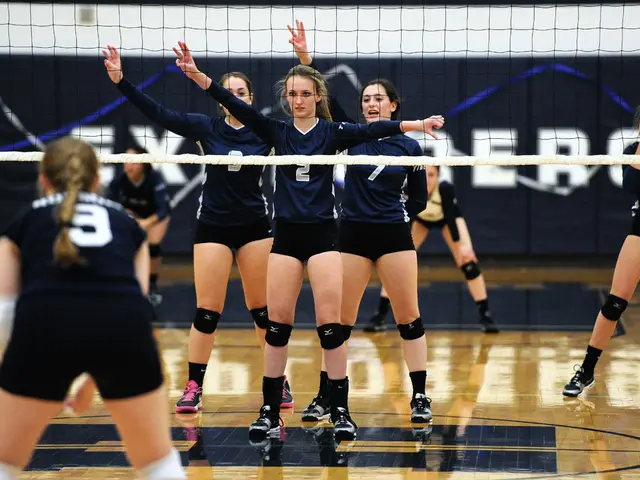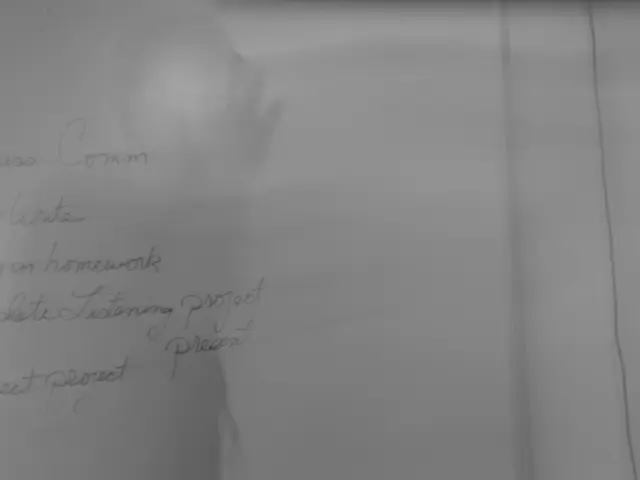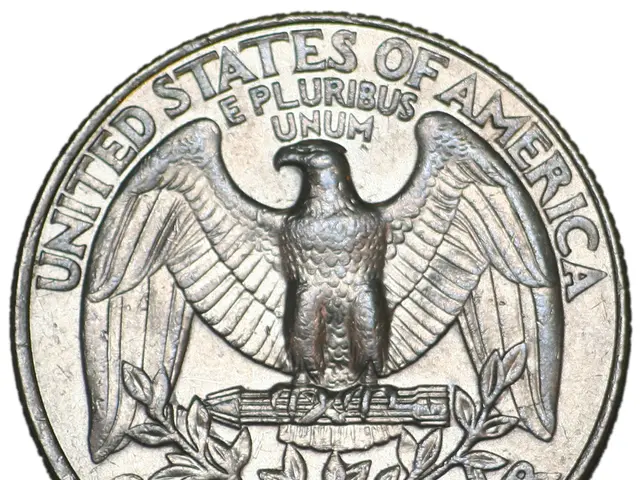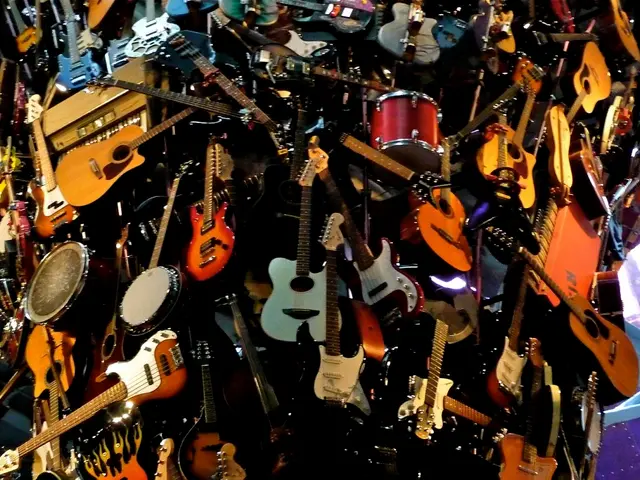Fixing Damaged Hair: Top Recommendations and Solutions for Vibrant Locks
Damaged hair can be a common issue for many, with various factors contributing to its deterioration. From dietary deficiencies in vitamins and minerals like biotin, zinc, vitamins A and E, to poor scalp care and overuse of protein treatments, several factors can affect hair health [1].
The Importance of Balance
The best treatments for repairing and protecting damaged hair focus on restoring moisture, protein, and overall hair health. This is achieved through a combination of conditioning, protein treatments, oils, and protective care [2].
Effective Treatments
Deep Conditioning and Moisturizing Masks
Regular use of deep conditioning and moisturizing masks containing ingredients such as avocado, honey, aloe vera, olive oil, and yogurt can help replenish moisture, soften hair, and manageability [2]. These masks should be used weekly to restore hydration and maintain hair's overall health.
Protein Treatments
Protein treatments, like keratin, collagen, and silk proteins, are essential for rebuilding and strengthening the hair shaft, restoring elasticity, and reducing breakage [1][2][3]. However, it's crucial to use these treatments moderately, around every two weeks, to avoid protein overload that can make hair brittle.
Natural Oils
Natural oils, such as coconut oil and argan oil, penetrate the hair shaft, reduce protein loss, add shine, and protect from further damage [1][2]. These oils can be applied directly to the hair or used in combination with other treatments for enhanced benefits.
Clarifying Shampoos
Clarifying shampoos, used once a week, help remove buildup from styling products and minerals, preparing hair for better absorption of treatments [3].
Gentle, Sulfate- and Paraben-Free Shampoos and Conditioners
Gentle, sulfate- and paraben-free shampoos and conditioners with hydrating and protein complexes help cleanse without stripping moisture or causing irritation [3]. These products are gentler on the hair and scalp, promoting healthier hair growth.
Additional Practices
Avoiding harsh chemicals, heat styling, and environmental stressors that damage hair is crucial for maintaining its health. Tight hairstyles put stress on the hair follicles, causing them to weaken and break, so it's best to avoid these styles as much as possible [1].
Regular trimming of hair every six to eight weeks can prevent further damage and improve the look and feel of damaged hair [4]. When spending time outdoors, wear a hat or scarf to protect your hair from UV rays, wind, and humidity [1].
At-Home Remedies
For at-home masks, some popular recipes that combine protein and hydration are the avocado + egg mask (moisturizes + protein) and the honey + yogurt mask (hydrates and nourishes) [1][2].
Salon Treatments
Whether you choose at-home remedies or opt for salon treatments, hair care is an ongoing process that requires regular attention to restore your strands to their healthiest state [5].
Special Considerations
If hair damage is from chemical processes like bleaching, protein treatments and deep conditioning become even more critical to rebuild hair structure [2]. Environmental stressors like sun exposure, pollution, and harsh weather conditions can break down protein in hair, cause buildup on the scalp, and exacerbate hair's fragility [6].
Nutrition
Leafy greens, nuts, seeds, eggs, fish, and avocados are nutrient-rich foods that support hair health [7]. A balanced diet can help promote healthy hair growth and reduce damage.
In conclusion, repairing damaged hair takes time, patience, and a consistent approach, requiring regular trims, deep conditioning, limiting heat styling, and nourishing your hair from within [8]. With the right balance of treatments and practices, you can restore your hair to its healthiest state.
[1] https://www.healthline.com/health/beauty-skin-care/damaged-hair#treatments [2] https://www.byrdie.com/damaged-hair-treatment-5279871 [3] https://www.allure.com/story/the-best-shampoos-conditioners-for-damaged-hair [4] https://www.healthline.com/health/beauty-skin-care/damaged-hair#tips [5] https://www.byrdie.com/damaged-hair-treatment-5279871 [6] https://www.healthline.com/health/beauty-skin-care/damaged-hair#causes [7] https://www.healthline.com/nutrition/foods-for-hair-growth [8] https://www.healthline.com/health/beauty-skin-care/damaged-hair#tips
A scarf can protect your hair from UV rays, wind, and humidity while spending time outdoors, contributing to its health and wellness. In the realm of skin care, oil-based treatments like argan oil can penetrate the hair shaft, reduce protein loss, add shine, and protect from further damage, working in concert with other treatments for enhanced benefits.
